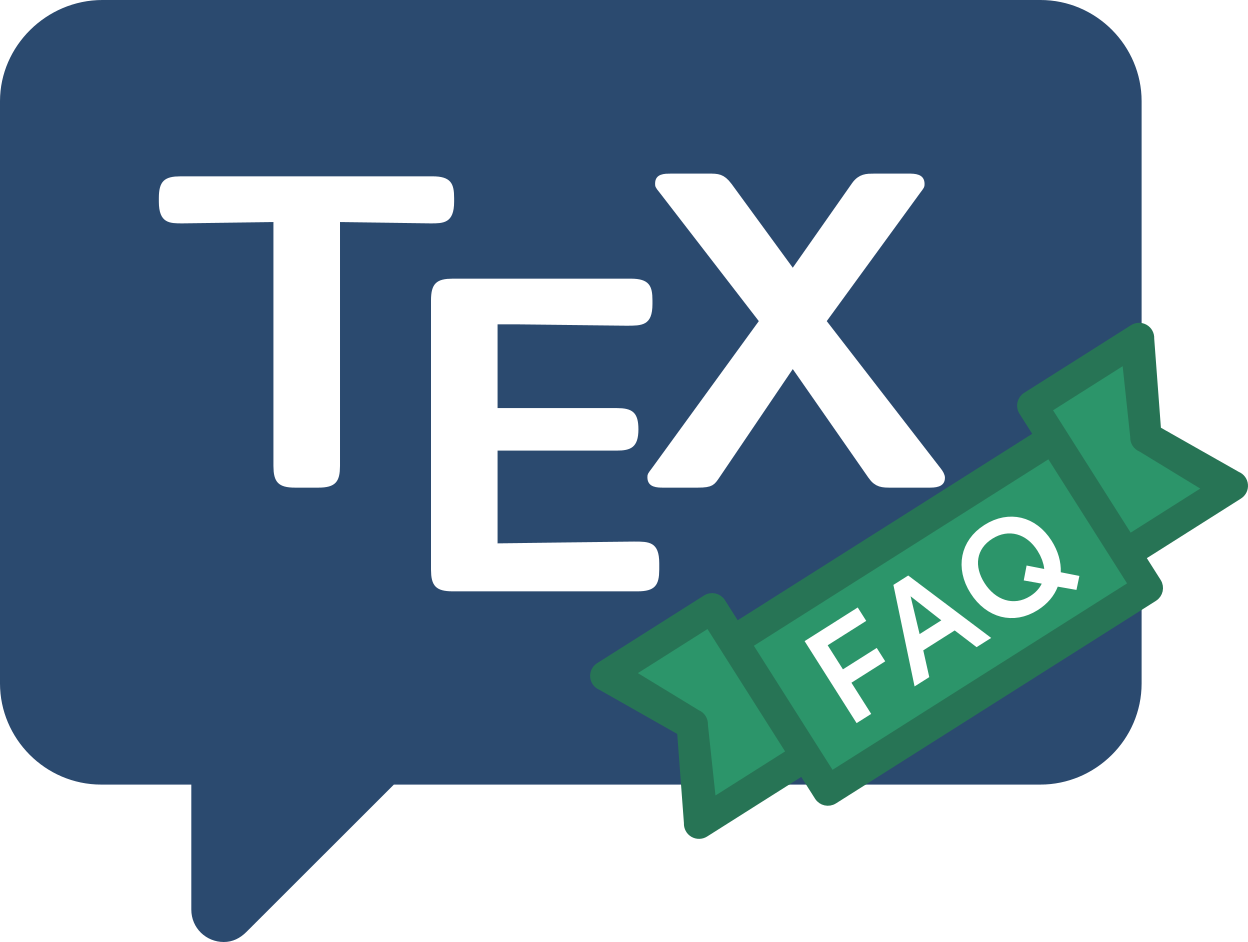
Frequently Asked Question List for TeX
Usage
Ellipses
Ellipses are commonly required, and LaTeX natively supplies a fair
range (\dots, \cdots, \vdots and \ddots). By using
the graphics package, one can change the slope of the
\ddots command, as in
$ ... \reflectbox{$\ddots$} ... $
While this works, it is not a recommended way of achieving the desired result (see below). Moreover, LaTeX’s range is not adequate to everyone’s requirements, and at least three packages provide extensions to the set.
The amsmath bundle provides a range of “semantically-named”
ellipses, for use in different situations: \dotsb for use between
pairs of binary operators, \dotsc for use between pairs of commas,
and so on.
The yhmath package defines an \adots command, which is
the analogue of \ddots, sloping forwards rather than backwards.
The yhmath package comes with a rather interesting font that
extends the standard cmex; details are in the documentation.
The mathdots package (besides fixing up the behaviour of
(La)TeX \ddots and \vdots when the font size changes)
provides an “inverse diagonal” ellipsis \iddots (doing the same
job as yhmath’s \adots, but better).
Documentation of yhmath appears, processed, in the
distribution (thus saving you the bother of installing the package
before being able to read the documentation). Documentation of
mathdots appears at the end the package file itself.
FAQ ID: Q-mathlips
Tags: math